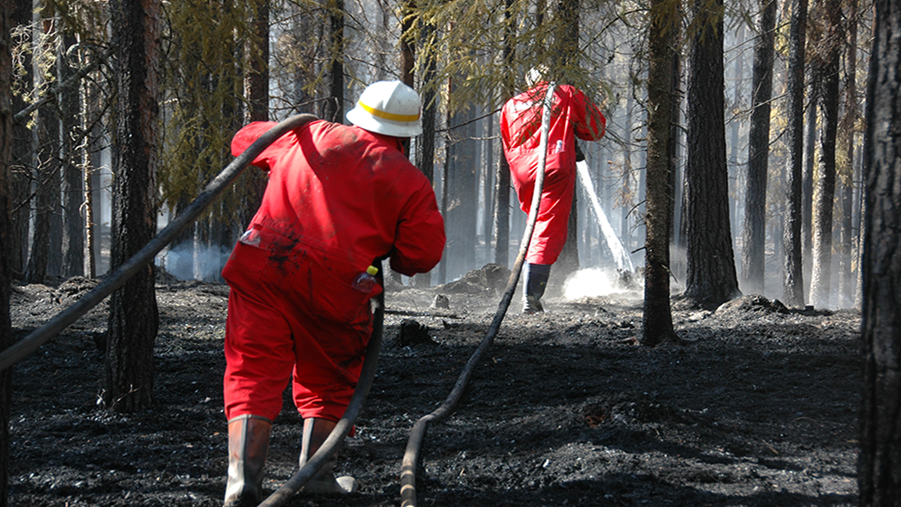
Who owns the Swedish forest? Are our forests growing or shrinking? What about Sweden’s old-growth forest? Find out the answers.
Who owns the Swedish forest?
Almost half of the Swedish forest is owned by 320 000 individual owners. A quarter of the forest is owned by private forest associations. Another quarter is owned by the state, municipalities and the church.
Are our forests growing or shrinking?
The land area of Sweden is 70 percent forest, amounting to 28 million hectares, and this figure does not fluctuate much. However, the standing volume of timber has doubled over the last 100 years. And the trees are thicker as well.
The forest grows by an average of 120 million cubic metres per year. About 90 million cubic metres of forest is harvested every year. Out of Sweden’s total forest acreage, roughly one per cent per year is harvested, and for each tree that is felled, 2-3 new trees are planted.
Why do we have so many conifers in Sweden?
Sweden is situated in the boreal coniferous forest belt. Here, conifers – spruce and pine – are the most common types of tree. The further south you go, the more deciduous trees you will find. Many leafy trees are also good at reforesting naturally, which means that while forestry has largely focused on conifers for a long time, it has not resulted in forests that consist only of conifers, since deciduous trees occur naturally. The volume of standing timber in the forest comprises 20 per cent deciduous trees and 40 per cent each of spruce and pine.
What about Sweden’s old-growth forest?
An old-growth forest is a forest that has not been altered by humans. In Sweden there are practically no old-growth forests. Since such a large portion of the land surface is covered by forest, people have always lived in and around the forest in Sweden. During the last few centuries, practically all forest has been affected, to varying degrees, by humans. This is true even for the forests up north and near the mountain range. The forests that have the most old-growth or natural forest have been prioritised when establishing nature reserves or voluntary provisions. These forests are not harvested.


